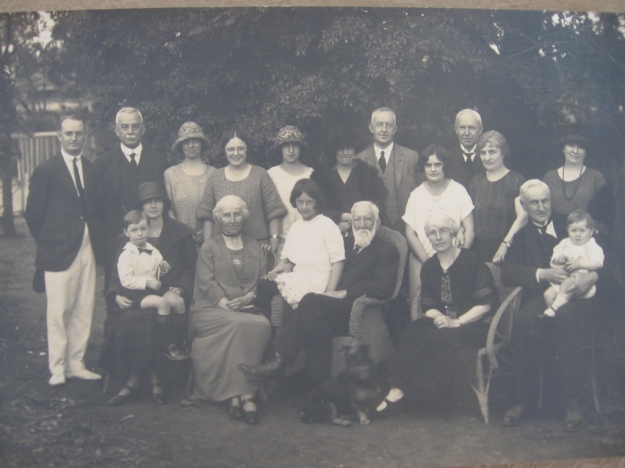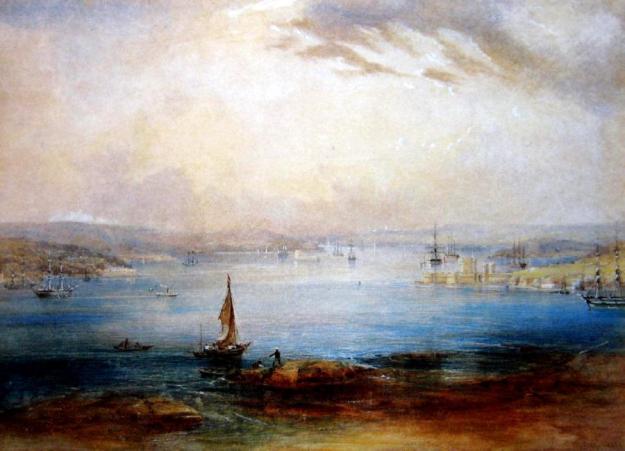It didn’t take much for a person to be packed off to Botany Bay in the early days of transportation. In 19th century Britain there were more than 200 crimes that were punishable by death, compared with fewer than twenty 300 years earlier. These included forgery, pickpocketing, being in the company of gipsies for more than a month, blackening the face and impersonating a Chelsea Pensioner.[1]
My great great great grandparents were transported in the early 1800s for 14 and seven years respectively for the crimes of being in possession of forged banknotes, and for stealing ‘a cloak and other goods to the value of £1.13s.6d from the house of Thomas Cunningham, Gatton, Surrey’.
According to the National Archives the local Assize Courts were ‘where the most serious criminal trials were held twice a year by judges appointed by the monarch’.[2] Since both John Johnson, the receiver of forged goods, and Mary Moore, the cloak-stealer, were tried and convicted at Stafford and Surrey Assizes respectively that gives some impression of the nature of the ‘serious crimes’ that led to transportation in the early 19th century.
We have all heard of people being transported for the crime of stealing a handkerchief, though I gather most of them were not first-time offenders. (And handkerchiefs in those days were not the plain old cotton things some people use now: they were often made of silk and could be worth as much as 4s), but I can’t help noticing further up the page where my ancestress Mary Moore was ‘committed of Felony’ other felons convicted of crimes such as stealing a sheep priced £4, or goods valued at £2.12, are to ‘be severally hanged by the neck until they are dead’.
Another ancestor (my step great x three grandfather, an Irishman named Robert Aull) was given a death sentence, commuted to transportation, for ‘uttering forged stamps’. (‘Uttering’ means knowingly being in possession of stolen or forged goods with the intention of passing them on.) Margaret Catchpole, one of Australia’s most famous convicts, who featured in my first book The Worst Country in the World, was given two death sentences, for horse stealing and then for breaking out of gaol, commuted again to transportation because people stood up for her good character.

Now I need to find out why John Johnson, a potter from Staffordshire, was apprehended on the streets of Leek with three forged banknotes on his person, and why his wife-to-be Mary Moore was convicted of stealing from the family she worked for. It’s possible she was intending to sell the goods on, as many people did, to a ‘fence’ – which suggests she had criminal contacts – or, more likely, she was planning to pawn them. Local newspapers are my only hope.
But meanwhile, back in Australia …
[1] Bound for Botany Bay by Alan Brooke & David Brandon, (National Archives, London, 2005)
[2] http://nationalarchives.gov.uk/records/research-guides/assizes-criminal-1559-1971.htm
[3] ASSI 94/1616.







